I remember my neighbor, Doña Luz, a warm-hearted woman with flour always on her apron and stories folded into every recipe. One foggy Sunday morning, I visited her just as she was pulling out golden, chewy bagels from her oven. I asked what magic she had used to make them. “Mija,” she said, “it’s just my sourdough discard. Nothing wasted here.”
That morning changed how I viewed leftovers in the kitchen. Sourdough discard bagels are not merely a clever way to prevent waste, they are a gateway to rich flavor, chewy textures, and a sense of pride in sustainable baking. These bagels blend traditional fermentation with modern convenience, producing results that rival anything you could buy from a high-end bakery.
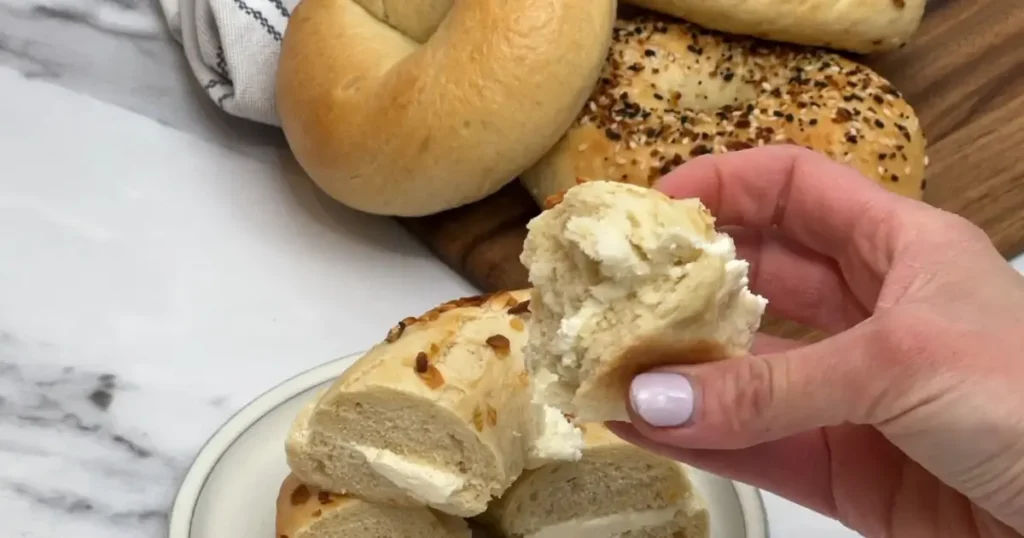
Using sourdough discard in bagel recipes brings distinct advantages:
- Enhanced flavor profile with a gentle tang
- Improved texture due to natural fermentation
- Reduced food waste and better use of your sourdough routine
- A shorter prep time compared to traditional sourdough
This guide walks you through every step of creating your own sourdough discard bagels. I will explain the science, the craft, and the love that goes into every chewy ring. This is not just a recipe—it is an experience. Let us begin this culinary journey, inspired by grandmothers, aunties, and neighbors who made something spectacular out of what others might discard.
Understanding Sourdough Discard
Before we dive into bagel making, let us understand the starring ingredient: sourdough discard. If you are cultivating a sourdough starter, you know that regular feeding involves discarding a portion. This leftover, the unfed portion removed before adding fresh flour and water, is called the discard.
Discard is not inactive waste. On the contrary, it contains wild yeasts and lactic acid bacteria, albeit in lower concentrations than active starter. This microbial community contributes flavor and a subtle rise to baked goods.
To store and maintain sourdough discard safely:
- Keep it in a clean, airtight container in the refrigerator.
- Label the date of each addition to track freshness.
- Use within one week for best results. Discard older than that may be too acidic or may develop off-odors.
- Do not use discard with mold, pink streaks, or unpleasant smells. When in doubt, throw it out.
Many bakers keep a “discard jar” in the fridge, adding unfed starter each time they refresh their mother starter. This method ensures a steady supply for baking projects like pancakes, waffles, crackers, and of course, homemade bagels.
Discard can differ in texture, hydration, and acidity based on your feeding schedule, flour type, and ambient temperature. Therefore, some minor adjustments in your bagel dough—like adding a tablespoon of flour or water—may be necessary to achieve the perfect consistency.
Utilizing sourdough discard not only maximizes ingredients but also deepens the connection between the baker and the dough.
In essence, you are recycling flavor. It is a beautiful practice rooted in tradition and thrift, two qualities that define the home kitchen at its best.
Ingredients and Tools Needed
To create outstanding sourdough discard bagels, you need simple but high-quality ingredients. The beauty lies in the basics. Here is what I gather from my pantry and cupboards before I begin:
Essential Ingredients
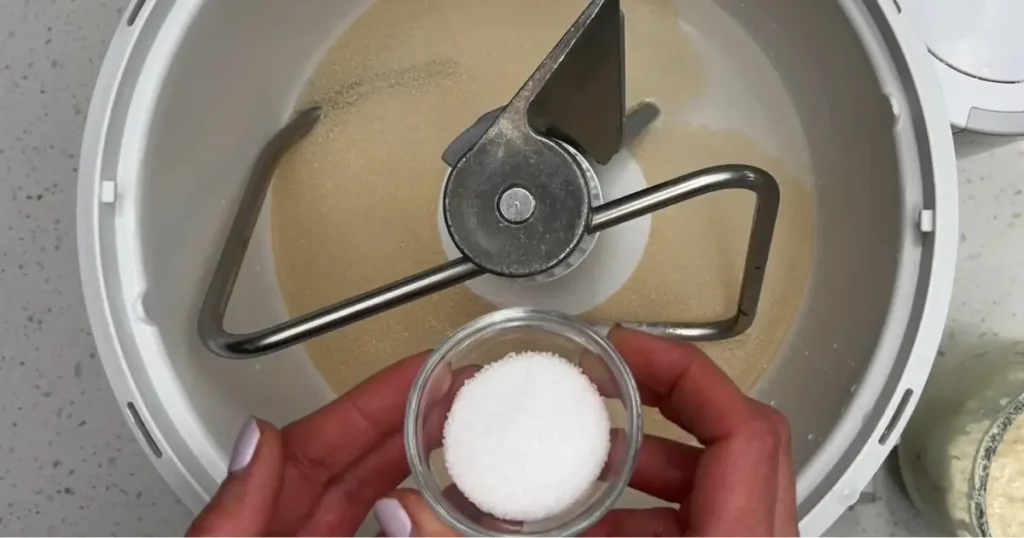
- Bread flour: The high protein content develops strong gluten for a chewy texture.
- Sourdough discard: Unfed, room temperature, about 200 grams.
- Instant yeast: Ensures a reliable rise.
- Granulated sugar: Adds flavor and assists in browning.
- Kosher salt: For taste and structure.
- Warm water: To bring the dough together.
- Egg white and water: For the egg wash to help toppings adhere.
Recommended Kitchen Tools
- Stand mixer with dough hook (optional but efficient)
- Digital kitchen scale (for accuracy)
- Large mixing bowl
- Slotted spoon
- Parchment paper or silicone baking mats
- Large pot for boiling
- Pastry brush for applying egg wash
These tools and ingredients form the foundation of your bagel-making adventure. A good stand mixer can save time, but your hands can do the job just as well. Trust me—there is something deeply satisfying about feeling the dough form beneath your fingers.
Let us now move to the heart of this guide: the step-by-step method that transforms discard into golden rings of joy.
Step-by-Step Recipe for Sourdough Discard Bagels
Preparing the Dough
First, I combine 4 cups of bread flour, 1 tablespoon of sugar, 1 teaspoon of instant yeast, and 2 teaspoons of kosher salt in the bowl of my stand mixer. I add 200 grams of sourdough discard and 1 ¼ cups of warm water. Using the dough hook, I mix until a rough dough forms, then knead on medium speed for about 5 minutes until a smooth, elastic dough ball emerges.

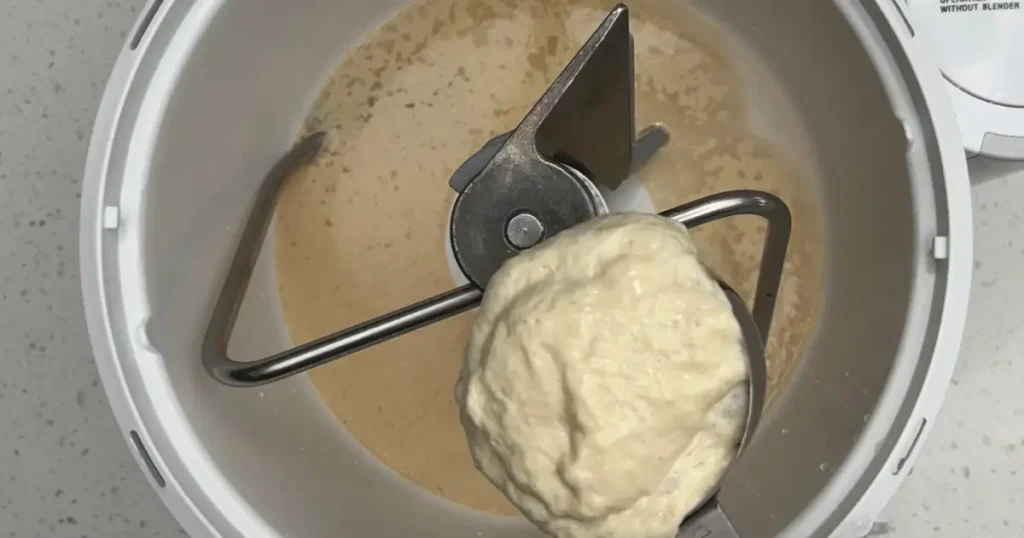
If kneading by hand, I transfer the dough to a lightly floured surface and knead for 8–10 minutes. The goal is a firm but pliable dough, slightly tacky but not sticky. If needed, I add more flour or water one tablespoon at a time to correct the consistency.
Shaping and Proofing the Bagels
Once smooth, I transfer the dough to a greased bowl, cover it with plastic wrap, and let it rise at room temperature for 90 minutes, or until doubled in size.
After rising, I divide the dough into 8 equal parts. I roll each into a tight ball using my palm and then push my thumb through the center to form a hole. I stretch the hole gently to form the classic bagel shape.
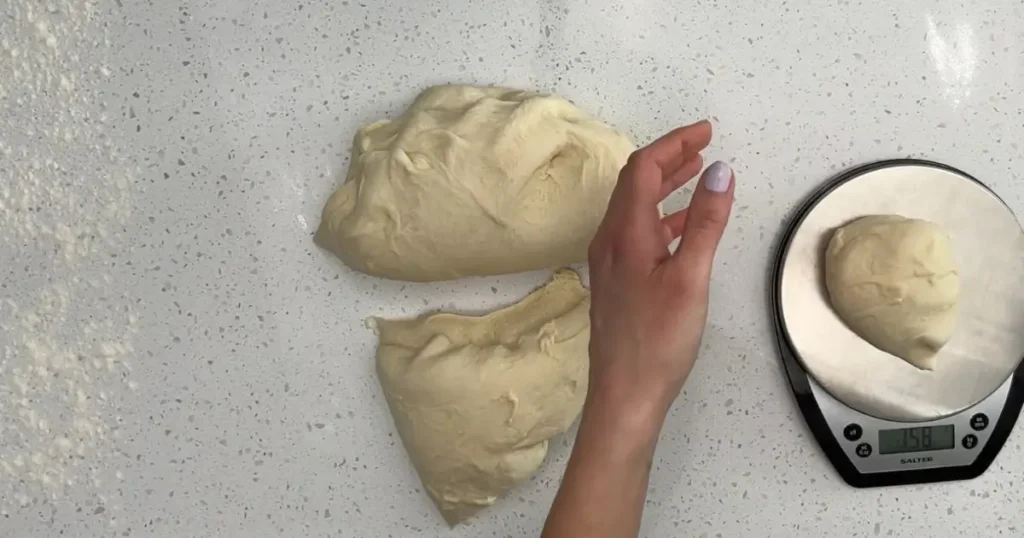
I place the shaped bagels on parchment-lined baking sheets, cover them with a clean towel, and let them rest for 20 more minutes.
Boiling and Baking Process
Meanwhile, I preheat the oven to 425°F and bring 2 quarts of water and 2 tablespoons of sugar to a boil in a wide pot. Once the bagels are ready, I gently lower 2–3 into the boiling water, boil for 30 seconds on each side, then lift them out with a slotted spoon.
After boiling, I place the bagels back onto the prepared baking sheet. I whisk one egg white with a tablespoon of water and brush this egg wash onto each bagel, then apply toppings if desired.
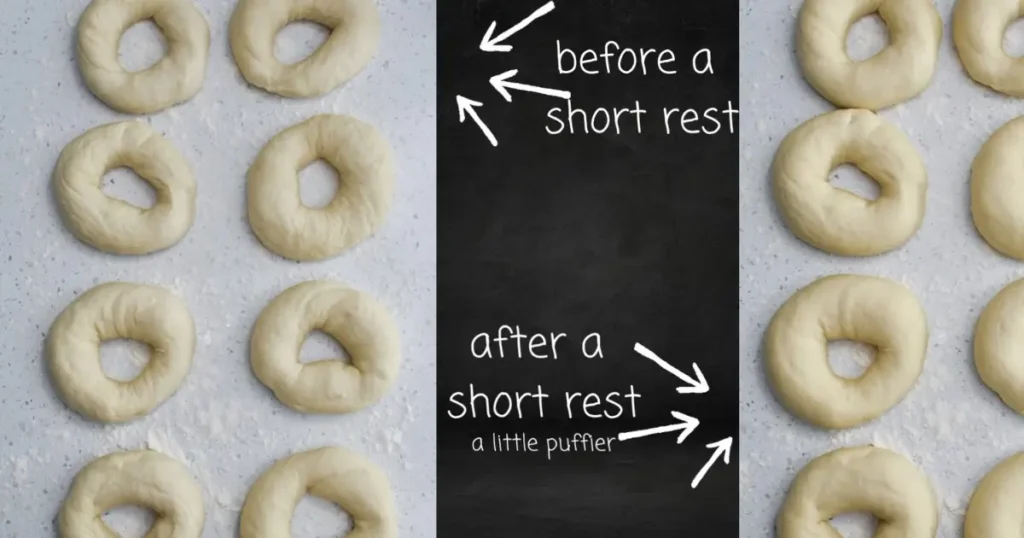
I bake for 18–22 minutes until golden brown and crusty. Once out of the oven, I cool them on a wire rack before slicing.
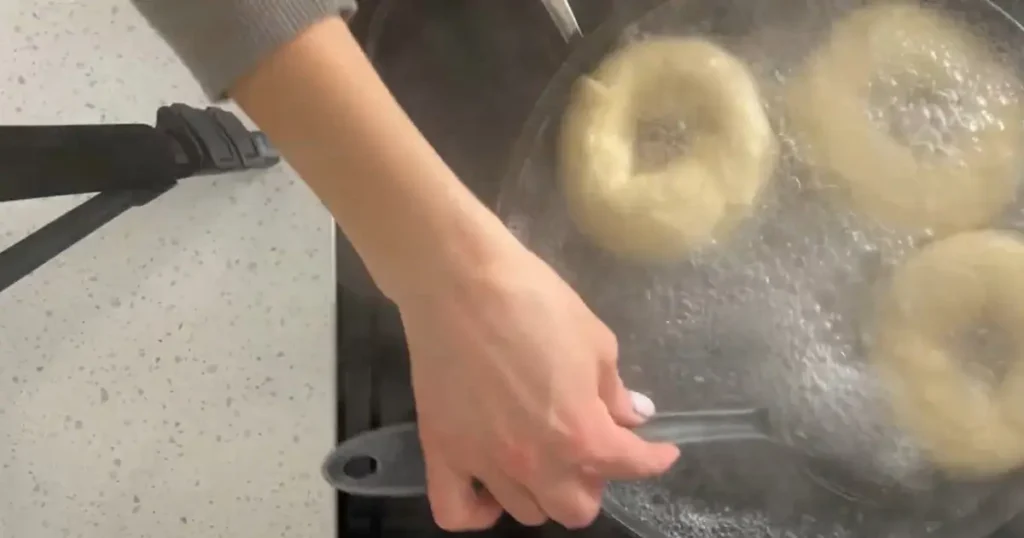
That is the magic. From humble discard to sublime breakfast, each step builds on the last, resulting in bagels you will be proud to call your own.
Tips and Tricks for Perfect Bagels
Mastering the perfect sourdough discard bagels comes down to a few critical tips. Over the years, I have learned that a few extra minutes of attention yield dramatically better results.
Achieving the Desired Texture and Crust
- Ensure your dough is kneaded long enough to develop proper gluten. This affects both chew and structure.
- Do not skip the boil. Boiling gelatinizes the crust and provides that signature bagel chew.
- Use bread flour, not all-purpose, to support the dense crumb and chewy texture.
- A hot oven is essential for spring and browning. Preheat well.
Common Mistakes to Avoid
- Over-proofing the dough results in flat, overly soft bagels.
- Under-proofing leads to dense and gummy interiors.
- Adding too much flour during kneading makes for dry, tough bagels.
- Using cold discard straight from the fridge can inhibit yeast activity. Let it come to room temperature.
Following these best practices will improve your bagel game, turning an ordinary bake into a bakery-quality experience.
Variations and Flavor Enhancements
Creating flavor variations is where the fun really begins. The base recipe for sourdough discard bagels is incredibly versatile, serving as a canvas for both savory and sweet interpretations.
Incorporating Different Toppings and Mix-ins
Here are a few favorite ideas:
- Everything bagel seasoning: Garlic, onion, sesame, poppy, and salt.
- Sesame seeds or poppy seeds: Classic and crowd-pleasing.
- Cinnamon raisin: Mix 1/2 teaspoon cinnamon and 1/3 cup raisins into the dough.
- Cheddar jalapeño: Add grated cheese and chopped jalapeños before shaping.
Adapting the Recipe for Dietary Preferences
- Substitute the egg wash with melted vegan butter or plant-based milk.
- Use whole wheat flour for a more rustic texture (replace up to 50% of the bread flour).
- Add herbs like rosemary or dill directly into the dough for an aromatic boost.
Personalizing your bagels allows you to experiment creatively and accommodate the preferences of everyone at your table.
These bagels also make a bold pairing with smoked meats. For something truly indulgent, try serving them with smoked beef cheeks. The deep, savory profile of smoked beef brings out the tangy notes in sourdough discard, making this combo a delicious twist on traditional brunch boards.
Storage and Reheating Guidelines
Storing and reheating sourdough discard bagels correctly ensures they maintain their delightful texture and taste.
Best Practices for Storing Freshly Baked Bagels
- Store at room temperature in a sealed bag or container for up to 3 days.
- For longer storage, freeze individually wrapped bagels in airtight freezer bags.
Reheating Tips to Maintain Quality
- To reheat, slice and toast or microwave for 20–30 seconds.
- If frozen, thaw at room temperature before reheating.
Proper storage techniques protect the time and effort you put into baking, so you can enjoy your bagels at their best even days later.
If you’re prepping bagels for a brunch table or gifting them in a breakfast basket, consider adding something sweet like these Strawberry Cheesecake Cookies. They provide a bright, creamy contrast to the rustic texture of the bagels and round out your table with a dessert that’s as comforting as it is beautiful.
Health and Nutritional Insights
In recent years, many people have begun questioning the nutritional value of their favorite baked goods. With sourdough discard bagels, there is a tangible difference when compared to their commercial counterparts.
The fermentation process of sourdough introduces lactic acid bacteria, which assist in breaking down complex carbohydrates, thereby improving digestion for some individuals.
Nutritional Comparison: Sourdough vs. Regular Bagels
- Lower glycemic index: Sourdough fermentation reduces the spike in blood sugar.
- Increased mineral bioavailability: Phytic acid is broken down, making iron, zinc, and magnesium more absorbable.
- Fewer additives: Homemade sourdough discard bagels typically do not contain preservatives or stabilizers.
Digestive Benefits of Sourdough Fermentation
Fermentation enhances prebiotic and probiotic content, which may support gut health. While these benefits depend on individual microbiomes, many people report easier digestion and reduced bloating when consuming sourdough-based products.
However, it is important to emphasize that nutritional benefits vary depending on ingredients and individual health status. This article is intended for informational purposes only and does not constitute professional medical advice.
Complement your bagel with a protein-packed plant-based option like this Dense Bean Salad. Its bright flavors and nutritional profile make it a smart side to balance the carbs in your bagels—especially for weekday lunches or light dinner spreads.
Advanced Techniques and Troubleshooting
Using Active Sourdough Starter Instead of Discard
If you wish to omit commercial yeast, replace sourdough discard with 200g of active starter and allow for extended rise times (3–4 hours or overnight in the refrigerator).
Troubleshooting Common Issues
- Sticky Dough: Add flour 1 tablespoon at a time until manageable.
- Flat Bagels: May result from over-proofing or under-kneading.
- Dense Interiors: Ensure proper kneading and avoid cold ingredients.
- Bagels Stick to Parchment: Lightly oil or flour parchment to avoid sticking during the final proof or post-boil.
Troubleshooting is an essential part of artisan baking. I encourage you to treat mistakes as lessons and keep refining your technique.
Conclusion and Final Thoughts
Want to turn your bagel brunch into an unforgettable experience? Pair it with scoops of homemade ice cream for a sweet finish. The contrast between cold creaminess and chewy bagel makes for a delightful bite—especially on sunny weekends.
From Doña Luz’s humble kitchen to your own oven, sourdough discard bagels represent more than just a creative recipe—they are a symbol of mindful, delicious baking. With practice, each step becomes second nature, and each batch tells its own story.
I hope this guide empowers you to explore sourdough baking with confidence. Try different flavors, learn from your process, and share the joy of homemade bagels with those you love.
Looking for a perfect brunch spread or something savory to pair with your homemade bagels? While sourdough discard bagels shine on their own, they also complement hearty dishes like slow-cooked short ribs.
Their chewiness balances the richness of beef, especially when served alongside creamy parmesan polenta or bright pickled onions. Explore flavorful side pairings that can elevate both your short ribs and your sourdough baking game.
Disclaimer: This content is intended for informational purposes only and should not be considered medical or nutritional advice. Always consult a qualified professional regarding your dietary needs.
What to Eat with Short Ribs Frequently Asked Questions (FAQs)
Can You Use Sourdough Discard for Bagels?
Yes, sourdough discard is ideal for making flavorful, chewy bagels without the lengthy fermentation time of active sourdough.
Can Sourdough Discard Be Used for Bread?
Absolutely. Discard can enhance flavor and texture in quick breads, focaccia, and even sandwich loaves, though active starter is better for recipes requiring a rise without commercial yeast.
Is Eating Sourdough Discard Healthy?
When used within a week and stored properly, sourdough discard is safe and potentially beneficial due to retained microbial activity. Always discard if mold or spoilage is present.
Are Sourdough Bagels Healthier Than Regular Bagels?
Often, yes. They contain fewer preservatives and benefit from fermentation, which can lower the glycemic index and improve mineral absorption.
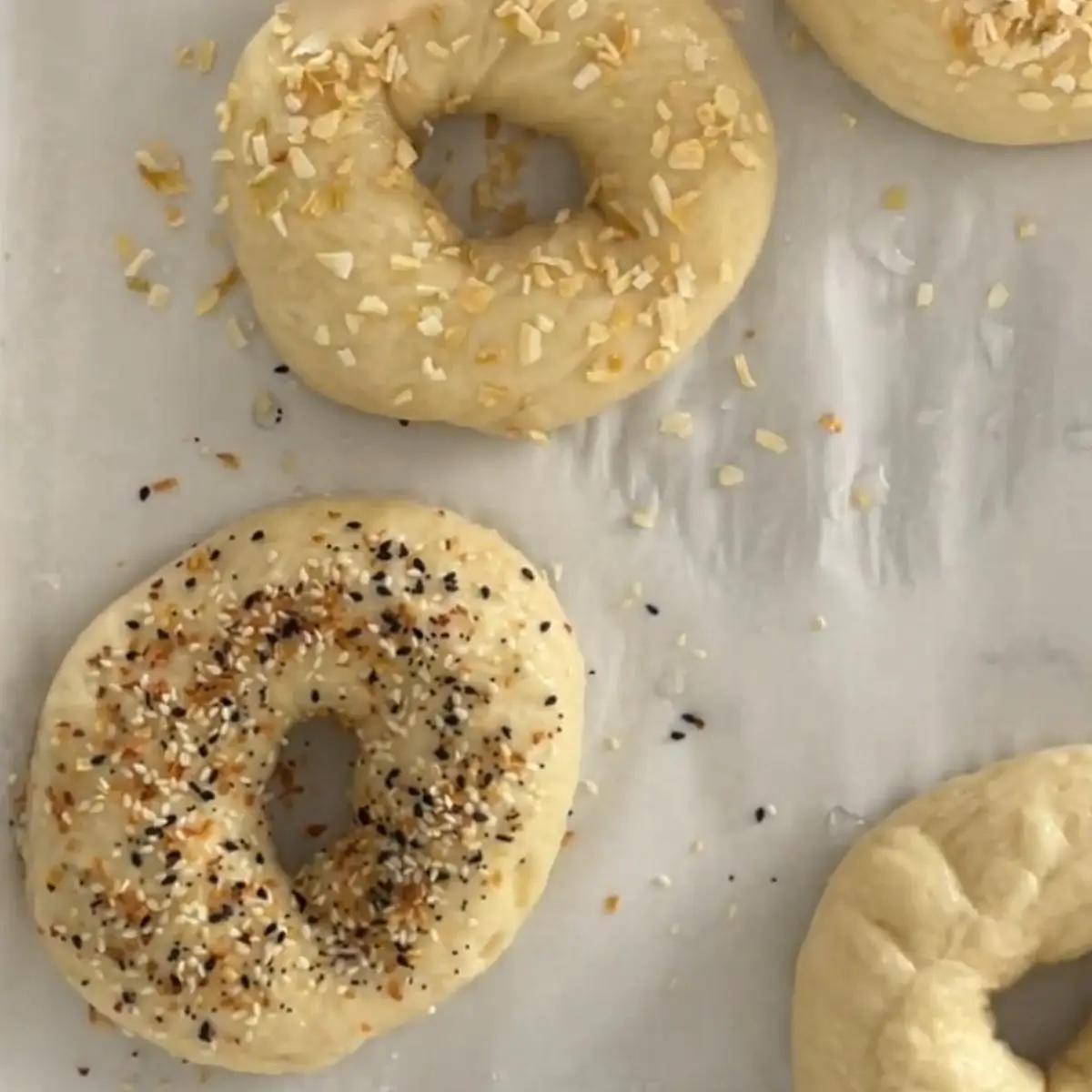
Sourdough Discard Bagels
Ingredients
Method
- Combine flour, 1 tablespoon granulated sugar, instant yeast, and salt in the bowl of a stand mixer fitted with the dough hook attachment, then mix to combine
- On low speed, add the sourdough discard and water until combined, then increase speed to medium and knead for 4-5 minutes until a smooth ball forms
- Grease a large bowl, transfer the dough to the bowl, and cover with plastic wrap, then let the dough rise for 90 minutes or until doubled in size
- Turn the dough out onto a smooth surface and divide into 8-10 equal pieces, then roll each piece in your palm to form a smooth ball
- Use your thumb to press through the center of each ball, stretching the hole to form your bagel, then cover the bagels with a clean kitchen towel and let rest for 20 minutes
- Preheat oven to 425°F, then prepare 2 baking sheets lined with parchment paper or silicone baking mats and bring a pot with 2 quarts of water and 2 tablespoons granulated sugar to boil
- Place bagels in the boiling water for 15-30 seconds on each side, ensuring they float, then remove with a slotted spoon and transfer to prepared baking sheets
- Whisk together the egg white and 1 tablespoon water, brush each bagel with the egg wash, and sprinkle or dip into desired toppings
- Bake for 18-22 minutes or until golden brown, then let cool fully before slicing and serving

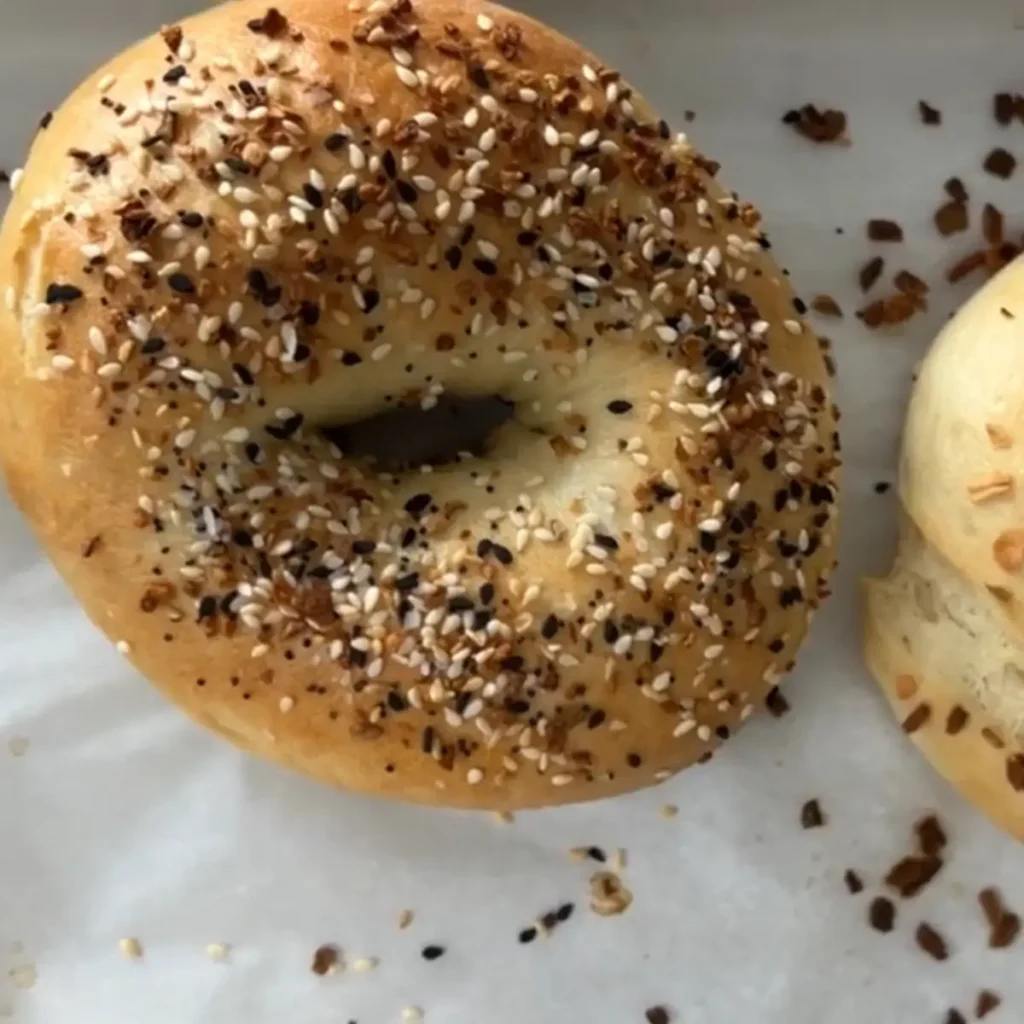





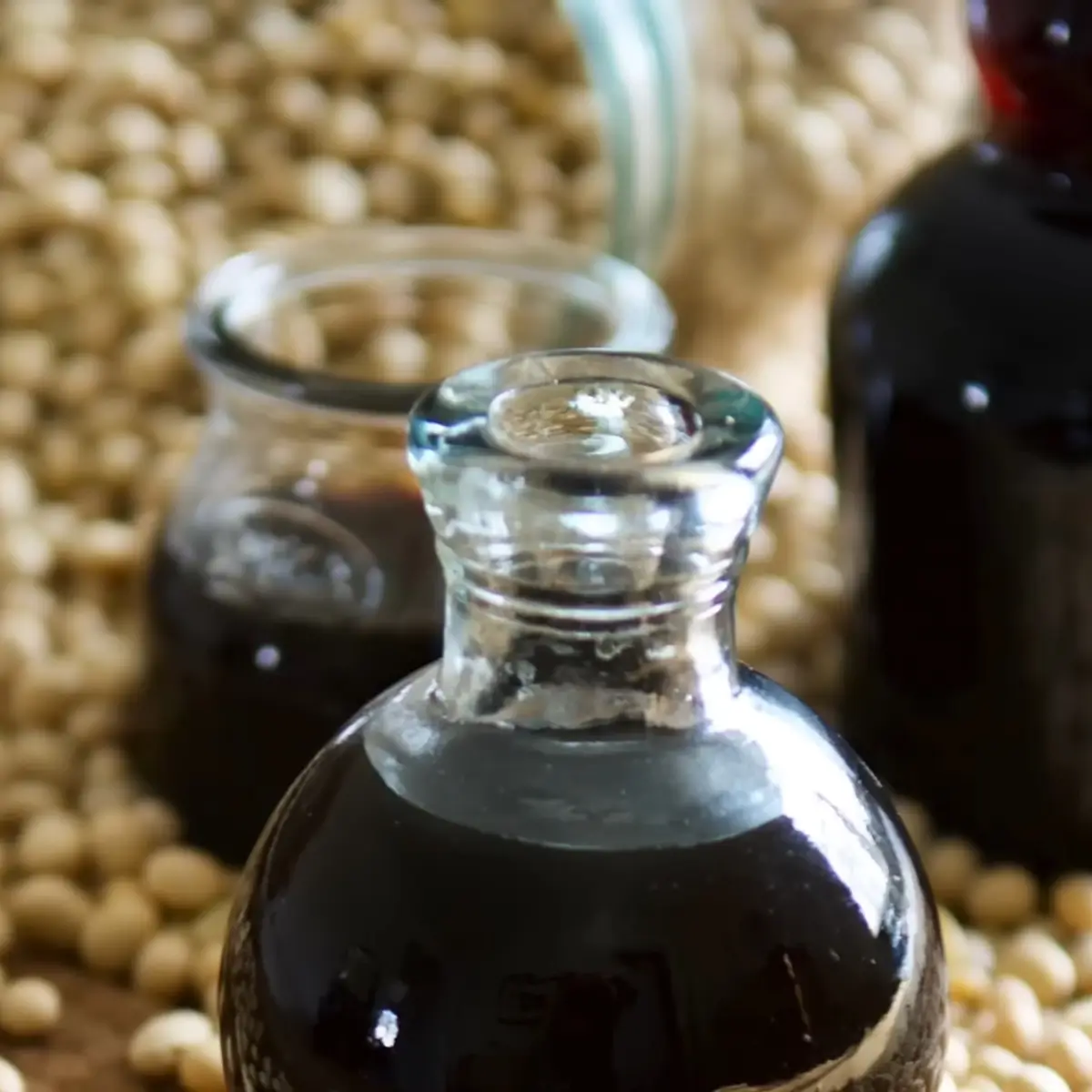



3 thoughts on “How to Make Perfect Sourdough Discard Bagels at Home”